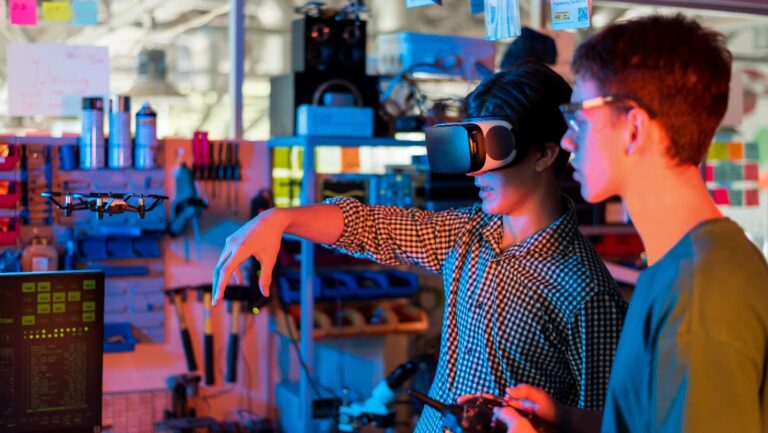In today’s digital age, data is often hailed as the ultimate tool for making informed decisions, optimizing strategies, and predicting trends. Businesses across industries rely heavily on metrics to gauge success and refine their approaches. But when it comes to creating exceptional experiences—whether in marketing, customer service, or product development—data alone isn’t enough. The human touch, creativity, and intuition play an equally vital role in transforming raw numbers into meaningful insights.
The Limits of Data: Why Metrics Aren’t Everything
Data provides us with a wealth of information, from customer demographics to behavior patterns and preferences. It tells us what has happened and, to some extent, predicts what might happen next. But data is inherently retrospective. It looks backward, analyzing past actions to suggest future outcomes. While this is incredibly valuable, it’s not the whole story. Relying solely on metrics can lead to a narrow focus on short-term gains at the expense of long-term vision and innovation.
Where Data Falls Short
- Lack of Emotional Insight: Data can tell you what customers are doing, but it can’t always tell you why. Understanding the emotions behind customer actions requires empathy, listening, and sometimes even a bit of guessing—skills that data alone cannot provide.
- Creativity and Innovation: Metrics can show trends and patterns, but they don’t inspire groundbreaking ideas. True innovation often comes from thinking outside the box, exploring new possibilities, and taking creative risks that data might not support.
- Human Connection: At its core, creating exceptional experiences is about human connection. While data can help you understand and reach your audience, building a strong, emotional bond with them requires more than just numbers.
Beyond Metrics: Marrying Data with Intuition
To truly excel, businesses need to blend data with human insight. This means using metrics as a foundation but allowing room for creativity, intuition, and emotional intelligence to shape the final approach. For example, in marketing, while data might indicate the best times to post on social media, the content itself—crafted with empathy and understanding—will ultimately determine its success.
The Role of Storytelling
One of the most powerful tools in going beyond metrics is storytelling. Stories resonate with people on an emotional level, making them more memorable and impactful than raw data. By incorporating storytelling into your strategy, you can connect with your audience in ways that data-driven approaches alone can’t achieve.
The Future of Data-Driven Experiences
As technology advances, the integration of data and human insight will become even more critical. Artificial intelligence, machine learning, and predictive analytics will continue to provide valuable data, but it will be the human element that transforms these insights into truly exceptional experiences. Businesses that recognize and embrace this balance will be the ones that stand out in a crowded marketplace.
Conclusion: The Balance Between Data and Creativity
In the quest to create exceptional experiences, data is an indispensable tool. But it’s not the only tool. To go beyond metrics and create something truly remarkable, businesses must blend data with creativity, intuition, and emotional intelligence. By doing so, they can craft experiences that not only meet customer expectations but exceed them in ways that data alone could never predict. In the end, it’s this delicate balance that turns ordinary interactions into extraordinary experiences.








